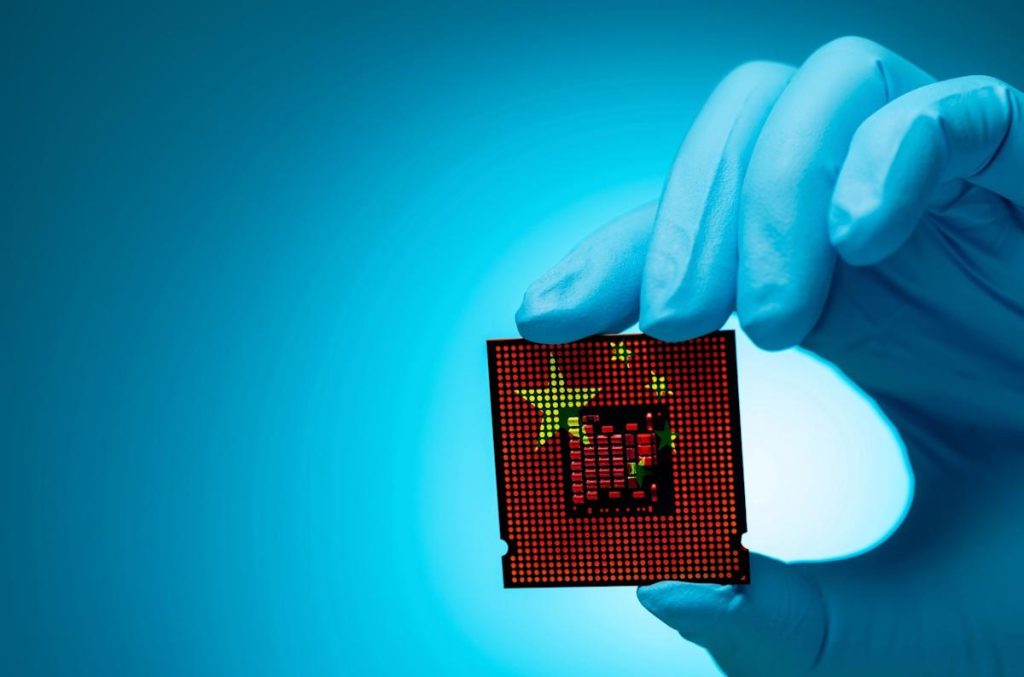DeepSeek’s recently released V3.1 AI model has unleashed fresh optimism about the prospects of China developing advanced artificial intelligence semiconductors, according to analysts.
The Hangzhou-based start-up’s updated model, which supports an innovative data format called UE8M0 FP8, was “ushering in a booming domestic computing power chain”, Huatai Securities analysts said in a research note on Tuesday.
That architecture showed that the synergy between mainland-designed software and chips would realise significant results, according to the report.
Do you have questions about the biggest topics and trends from around the world? Get the answers with SCMP Knowledge, our new platform of curated content with explainers, FAQs, analyses and infographics brought to you by our award-winning team.
FP8, known as floating-point 8, is a format that reduces precision to speed up AI training and inference by using less memory and bandwidth. UE8M0, another 8-bit format, is said to increase training efficiency, which reduces hardware requirements by cutting memory use by up to 75 per cent.
The V3.1’s data format represents “a key pillar for building an independent and controllable AI ecosystem” for China, as the country establishes a “healthy ecosystem for the coordinated development of hardware, software and applications in the field of AI computing”, according to a report on Sunday by Haitong Securities.
The analysts’ assessments reflected the growing efforts in the country’s AI sector and semiconductor industry to push forward Beijing’s tech self-sufficiency agenda amid US export restrictions on China and rising geopolitical tensions.
Chinese AI and semiconductor companies are raising the stakes in the country’s tech self-sufficiency efforts. Photo: Shutterstock alt=Chinese AI and semiconductor companies are raising the stakes in the country’s tech self-sufficiency efforts. Photo: Shutterstock>
That development comes at a time when Beijing has raised security concerns about Nvidia’s H20 chips.
Last month, a group of Chinese semiconductor and AI companies formed the Model-Chips Ecosystem Innovation Alliance to push the adoption of locally developed processors for AI projects.
DeepSeek’s recent WeChat post that suggested the V3.1 model was particularly designed “for home-grown chips to be released soon” ignited the interest of mainland investors in mainland AI chip developers like Cambricon Technologies.
“China’s AI development is entering a stage of software-hardware collaboration, [which] may meaningfully reduce the reliance on overseas computing power,” wrote Cinda Securities’ analyst Mo Wenyu, who said that Cambricon now belonged to a list of stocks that were “worth watching”.
Story Continues

